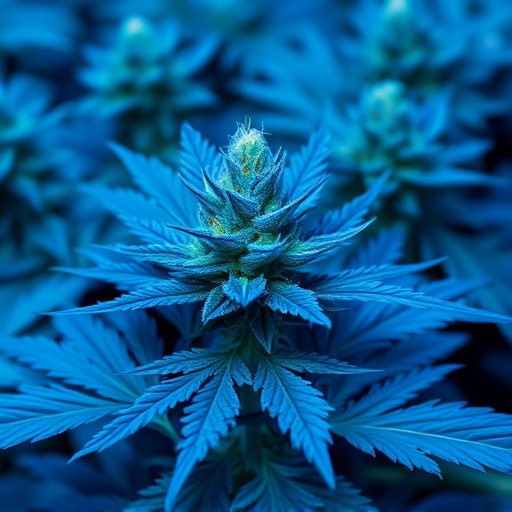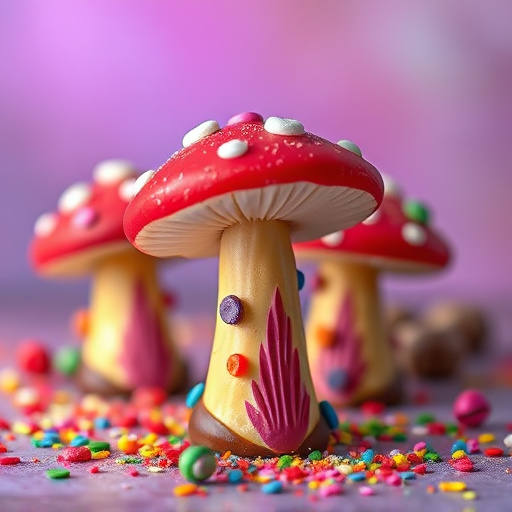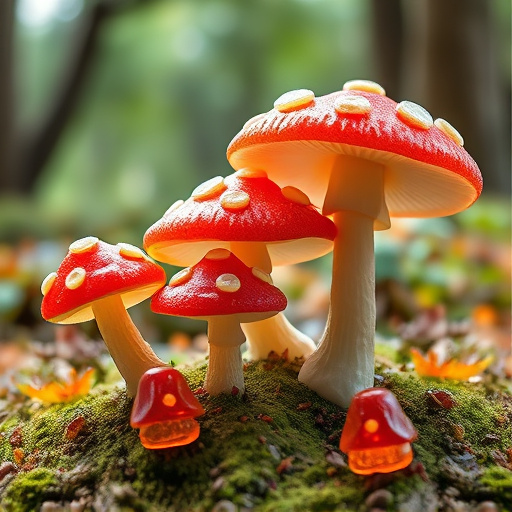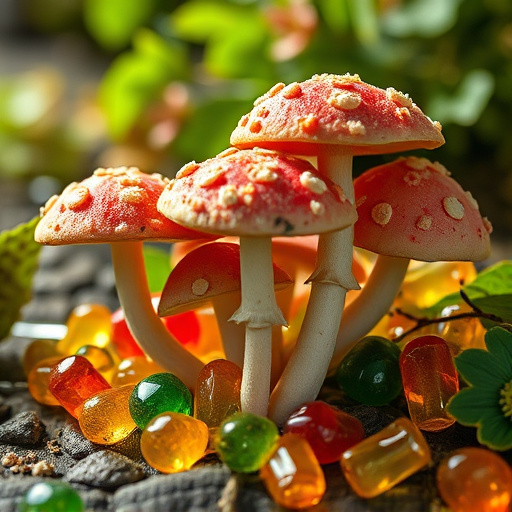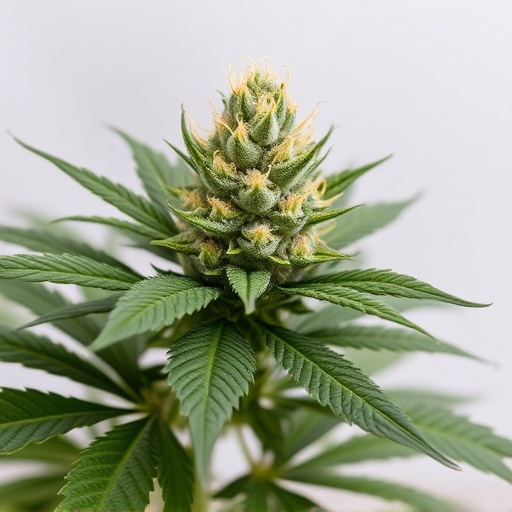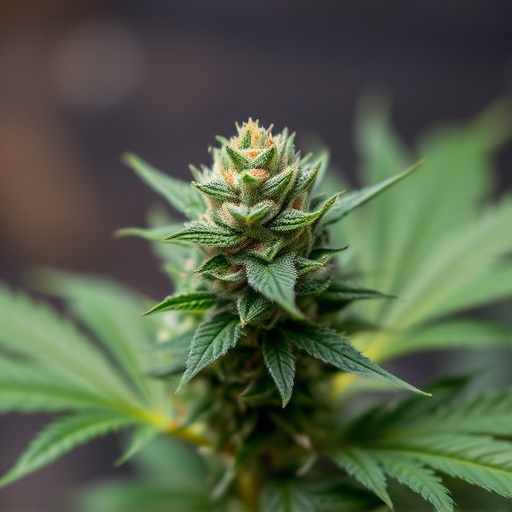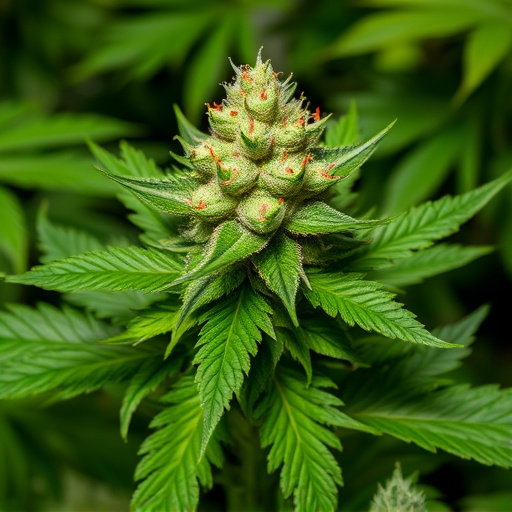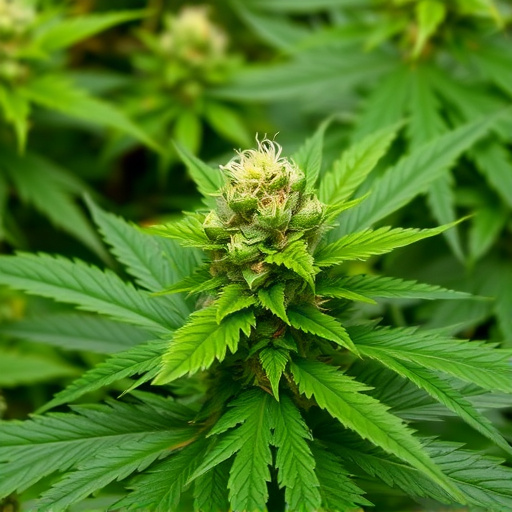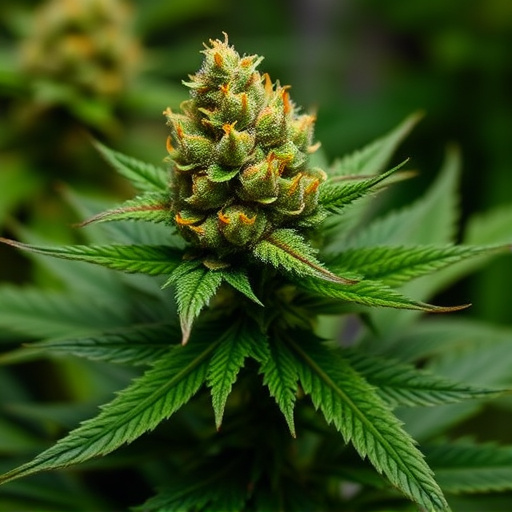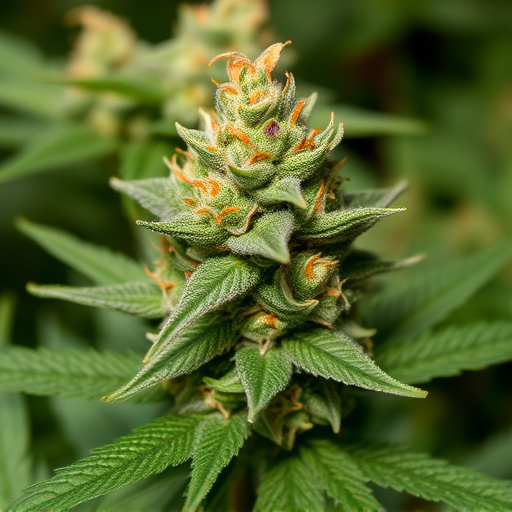Cannabis plants contain a complex mix of terpenes and cannabinoids that influence their scent, flavor, therapeutic effects, and psychoactive properties. Terpenes like myrcene promote relaxation while limonene boosts energy. Growers can manipulate terpene and cannabinoid production through environmental controls and breeding practices to create strains with desired effects, aiming for the prestigious "Cannabis Cup" wins. Cannabis cup strains exemplify this balance, combining specific cannabinoid levels and terpene profiles to offer potent yet controlled experiences.
Looking to maximize the potency of your cannabis flowers? This guide unravels the secrets behind creating superior cannabis cup strains. We delve into the intricate chemistry behind terpenes and cannabinoids, exploring how these compounds contribute to aroma and effects. Understanding environmental factors and optimizing growth conditions are key. From cloning techniques to harvesting at peak cannabinoid levels, learn proven cultivation methods to elevate your cannabis plants’ potential.
- Understanding Cannabis Chemistry: Terpenes and Cannabinoids
- – The role of terpenes in aroma and effects
- – Key cannabinoids (THC, CBD) and their interplay with terpenes
Understanding Cannabis Chemistry: Terpenes and Cannabinoids
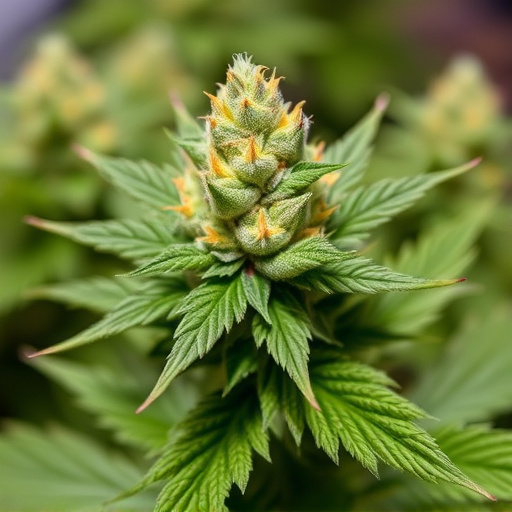
Cannabis plants produce a diverse range of chemical compounds that contribute to their unique aromas, flavors, and effects. Two primary groups of these compounds are terpenes and cannabinoids. Terpenes, responsible for the plant’s scent and flavor, also play a significant role in modulating the therapeutic properties of cannabis. Different terpene profiles can influence how a strain makes you feel, with some promoting relaxation and others enhancing energy. For instance, myrcene is known for its sedative properties, often found in high-THC strains, while limonene offers a more uplifting experience commonly associated with sativa-dominant varieties.
Cannabinoids, on the other hand, are responsible for cannabis’ psychoactive effects. The two most well-known cannabinoids are THC (tetrahydrocannabinol) and CBD (cannabidiol). While THC binds to receptors in the brain to induce euphoria and relaxation, CBD does not produce a high but offers potential medical benefits, including anti-inflammatory and anxiolytic properties. Understanding these chemical interactions is key to cultivating higher potency cannabis. Growers can manipulate environmental factors and breeding practices to encourage specific terpene and cannabinoid production, leading to what is often referred to in the industry as a “Cannabis Cup” winning strain.
– The role of terpenes in aroma and effects
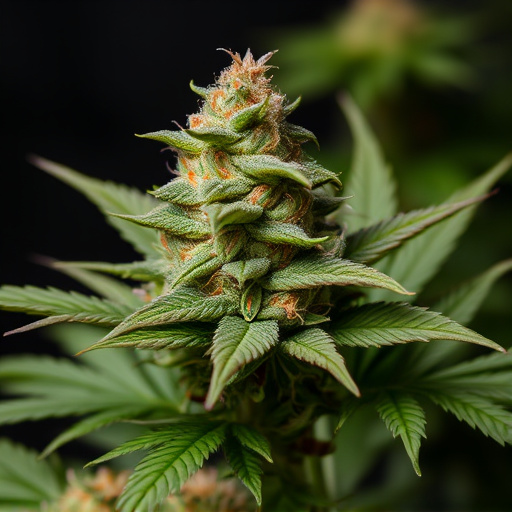
Terpenes, often referred to as the “aroma molecules” of cannabis, play a multifaceted role in the plant’s overall profile. Beyond contributing to the distinct scents and flavors associated with different cannabis cup strains, terpenes significantly influence the effects users experience. Each terpene has unique properties; for instance, myrcene is known for its sedative effects, while limonene provides uplifting and energizing sensations. Balancing these aromatic compounds allows growers to craft cannabis flowers with tailored effects, catering to diverse consumer preferences.
The intricate relationship between terpenes and cannabinoids, such as THC and CBD, further complexifies the potential for potent cannabis. Terpenes can modulate the expression of cannabinoid receptors in the body, enhancing or altering their effects. This interaction can lead to more intense sensations, improved medicinal benefits, or even novel experiences, making terpene profiles an essential consideration in maximizing cannabis flower potency.
– Key cannabinoids (THC, CBD) and their interplay with terpenes
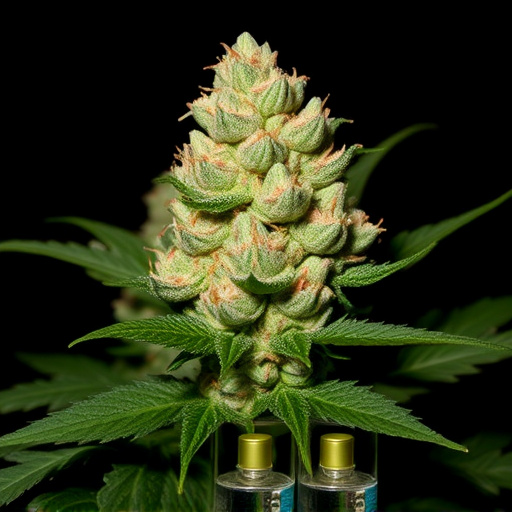
Cannabis flower potency is significantly influenced by the delicate interplay between key cannabinoids, notably THC (tetrahydrocannabinol) and CBD (cannabidiol), and terpenes. Terpenes, aromatic compounds responsible for cannabis strains’ distinct smells and flavors, don’t just enhance the user experience; they also interact with cannabinoids, modulating their effects. For instance, certain terpenes can increase THC’s potency by enhancing its neuroactivity, while others may balance it out by mitigating anxiety or paranoia often associated with high-THC consumption.
In the quest for maximizing cannabis flower potency, understanding how these compounds work together is crucial. Cannabis cup strains, renowned for their exceptional flavors and effects, are a testament to this interplay. Breeders carefully curate strains that strike a harmonious balance between THC and CBD levels, along with specific terpene profiles, resulting in potent and pleasurable experiences. This nuanced approach ensures that consumers can enjoy enhanced cannabis potency while controlling the intensity of their high.
Enhancing cannabis flower potency involves a deep understanding of its chemistry. Terpenes, responsible for aroma and effects, interact synergistically with cannabinoids like THC and CBD. By optimizing growing conditions and selecting specific strains, including high-terpene, award-winning Cannabis Cup varieties, you can cultivate flowers with boosted potency and unique profiles. This knowledge allows growers to create truly exceptional cannabis experiences.
